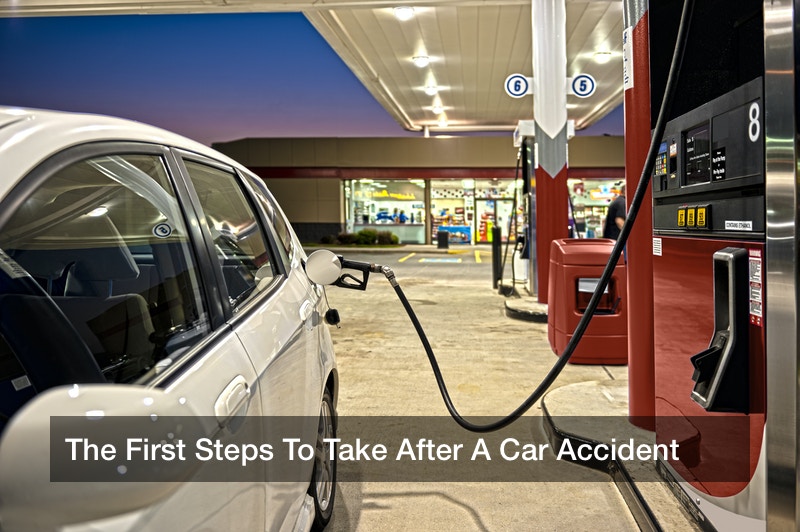

Getting into an accident can be incredibly stressful, but it’s unfortunately not uncommon. There are approximately 6 million car accidents in the U.S. each year. Some states fare better than others. South Carolina has a staggering 62% more fatal car accidents than the national average, making it the ninth-most car accident ridden state. Illinois, on the other hand, is ranked 40th. Being able to respond to the situation quickly and correctly, if you ever do get in an accident, can be key to making sure nobody gets hurt. To help you prepare for an auto accident, here’s a quick step-by-step guide to what you should do after a car accident.
- Remain calm: The most important thing to remember in a car crash is to remain as calm as possible. Panicking can make the situation more difficult for everyone; even if the situation is scary, do your best to take a deep breath and gather yourself before going ahead.
- Get to safety: Get everyone to safety as soon as possible. This will be different for every situation, because no two accidents are the same. In some cases, staying in the car will be safer than getting out, like on a busy highway where other cars are close by. In other situations, you’ll want to get out of the vehicle, especially if the car is damaged. Assess your situation and figure out where is safest for everyone involved.
- Call 911: As soon as you’re able to safely do so, call 911. In minor accidents, calling for the police is still important, as you’ll need to file a report. In major accidents, calling emergency services quickly can be key to saving lives, since emergency medical services will have access to crucial care that you likely won’t have in a first aid kit. Neurologically intact survival was 93% for patients treated with an onsite AED compared to 9% without an AED.
- Assess the damage: If you’re sure that everyone involved in the crash is safe, take some time to assess the damage your car may have sustained in the accident. Check for both immediately visible damages as well as harder to spot damage; don’t forget to look under the hood and check your engine if you suspect it may have been damaged.
- Document everything: If it’s safe to move around the accident and you’re able to do so, document everything you can about the accident. This will be helpful in filing a police report. Take pictures of damage, get the insurance information of any other drivers involved, and anything else you can think of. The more information you have, the easier it will be to file a report once you get away from the crash site.
According to IHS Markit research, more than 20 million vehicles on the road in 2021 will be over 25 years old. As more cars age, it’s likely there will be an increase in motor vehicle accidents on the road. Knowing how to handle a potentially dangerous car accident can help keep you and the other passengers safe, so make sure to keep these tips in mind next time you’re out on the road.
